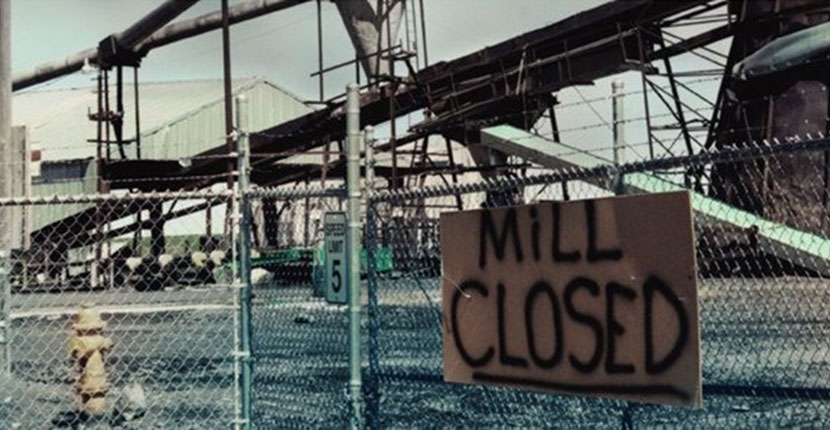How the Paper Industry is Unfolding

Maine, in particular, has witnessed firsthand the startling decline of the paper manufacturing industry. As a state that employed nearly 13,000 people in its paper and pulp mills as recently as the early 2000s (now employing less than half that) and which relied on papermaking as a vital point of entry to middle-class life, the closures have left much of the population wondering how to adapt in order to survive, and what will fill the massive gap left by the vanishing business.
Industry representatives attribute the decline to factors including international competition from places like China, Brazil, Germany, and Finland, and the encroachment of digitization and technological replacements into the realm of things that were originally paper-based products, like mobile phones and tablets.
It’s not all gloom and doom, however.
American paper remains an enormous industry, generating more than $50 billion every year, and while newspapers and paper mail have fallen on hard times, there has been a dramatically increased demand for paper-based packaging with the advent of more and more delivery services. With corrugated media and liners being made mostly from unbleached pulp, they also create very little pollution, making their public image more environmentally friendly than when chemical pulp was used to create printing paper.
Hygiene paper products are also unlikely to phase out any time soon, as they can hardly be replaced, and imports are no cheaper than producing them domestically; likewise, specialty paper products such as those used for coffee filters, tea bags, and wrappers will continue to be manufactured in the U.S. due to persisting demand.
So although newsprint used to represent a quarter of all paper consumed in the U.S. (now 10% and falling), it may be that we are not so much witnessing the slow death of paper, but simply a sea change in the product mix – the sooner the industry can adapt to the fact that they will be producing specialty products and corrugated media and liners for packaging, the sooner we can see the business stabilize, even if it’s at a substantially smaller size.
